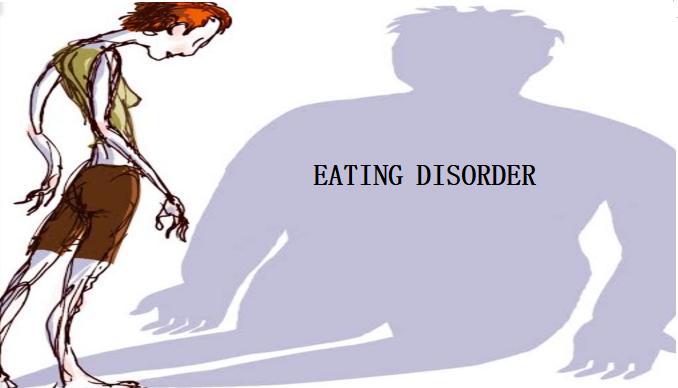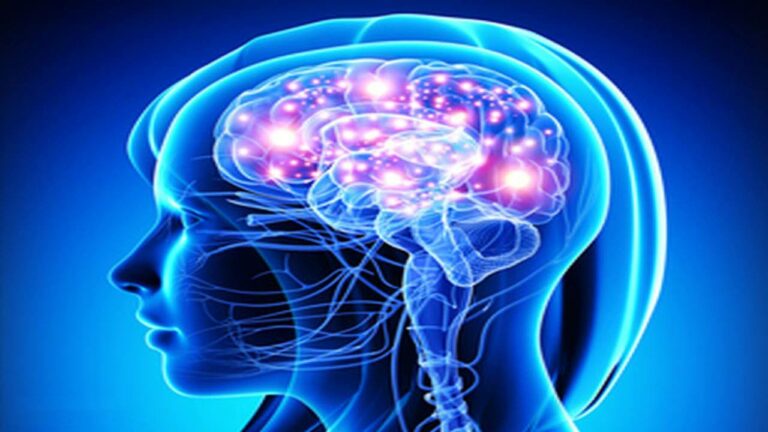Bleeding Disorders: Types, Causes, and Symptoms
Author: Rose Stella
Rose Stella
Category: Health

Bleeding disorders are rare medical conditions wherein the blood cannot clot properly. The blood inability to clot correctly is a dangerous condition because this could result in excessive bleeding.
In a normal clotting process, the platelets stick together to form a barrier at the location of the injured blood vessels. Then, the clotting factors form a fibrin clot which is responsible for holding the platelets in place and allows the healing process.
Furthermore, a bleeding disorder can be inherited or can be acquired later in life. Acquired bleeding disorders are more common compared to inherited ones.
In 2019, 195,263 people suffer from hemophilia; 80,302 people have Von Willebrand disease and 49,083 suffer from other bleeding disorders.
Types of Bleeding Disorder
Inherited Bleeding Disorders
- Combined deficiency of the vitamin K-dependent clotting factors (VKCFDs)
- Hemophilia A, B and C
- Von Willebrand disease (VWD)
- Bleeding disorders due to I, II, V, V + VIII, VII, X, XI, or XIII deficiencies
- Hereditary hemorrhagic telangiectasia
Acquired Bleeding Disorders
- Disseminated intravascular coagulation (DIC)
- Liver disease-associated bleeding
- Vitamin K deficiency bleeding
- Von Willebrand disease and hemophilia
- Acquired bleeding disorders due deficiencies of certain factors, such as factor I, II, and V
- Rarely, tangles of blood vessels, called arteriovenous malformations
Additionally, these conditions may also result from:
- Vitamin K deficiency
- Low red blood cell count
- Side effects from certain medications
The symptoms of bleeding disorder differ from one another depending on its type, cause, and severity. Symptoms can be observed as early as postnatal or not until adulthood. Some people with mild bleeding conditions may or may not show symptoms.
Some symptoms may include:
- Blood in urine or stool
- Unstoppable or Spontaneous Excessive bleeding
- Frequent large bruises
- Heavy bleeding after giving birth
- Heavy menstrual bleeding
- Petechiae
- Redness, swelling, stiffness, or pain from bleeding into muscles or joints
- Unusual Umbilical stump bleeding
A bleeding disorder is a critical condition, an early diagnosis would be beneficial. To diagnose this disorder the individual needs to consult a doctor.
Then, the doctor will ask about the family and medical history of the patient. The doctor could also perform a physical exam. Conducting diagnostics tests and procedures is also necessary. For instance, these tests include:
- A complete blood count (CBC)
- A partial thromboplastin time (PTT) test.
- A prothrombin time (PT) test
- A mixing test
- Von Willebrand factor (vWF) tests
- Clotting factor tests
- A Bethesda test Factor XIII antigen and activity assays Genetic testing .
Treatments
There is no known cure for bleeding disorders, but there are available treatments that aid individuals with this condition to control their symptoms. These treatments differ from one type to another and their severity. Some medications are required every day, while some are needed during or after medical procedures.
Common treatment of bleeding disorder includes Factor replacement therapy and ingesting medicines such as birth control pills, iron supplements, hormones, antifibrinolytics agents and clotting factor concentrates.
In conclusion, living with a bleeding disorder is really hard but with sufficient knowledge, healthy living, and proper precautionary, it is possible to live a normal and happy life.













